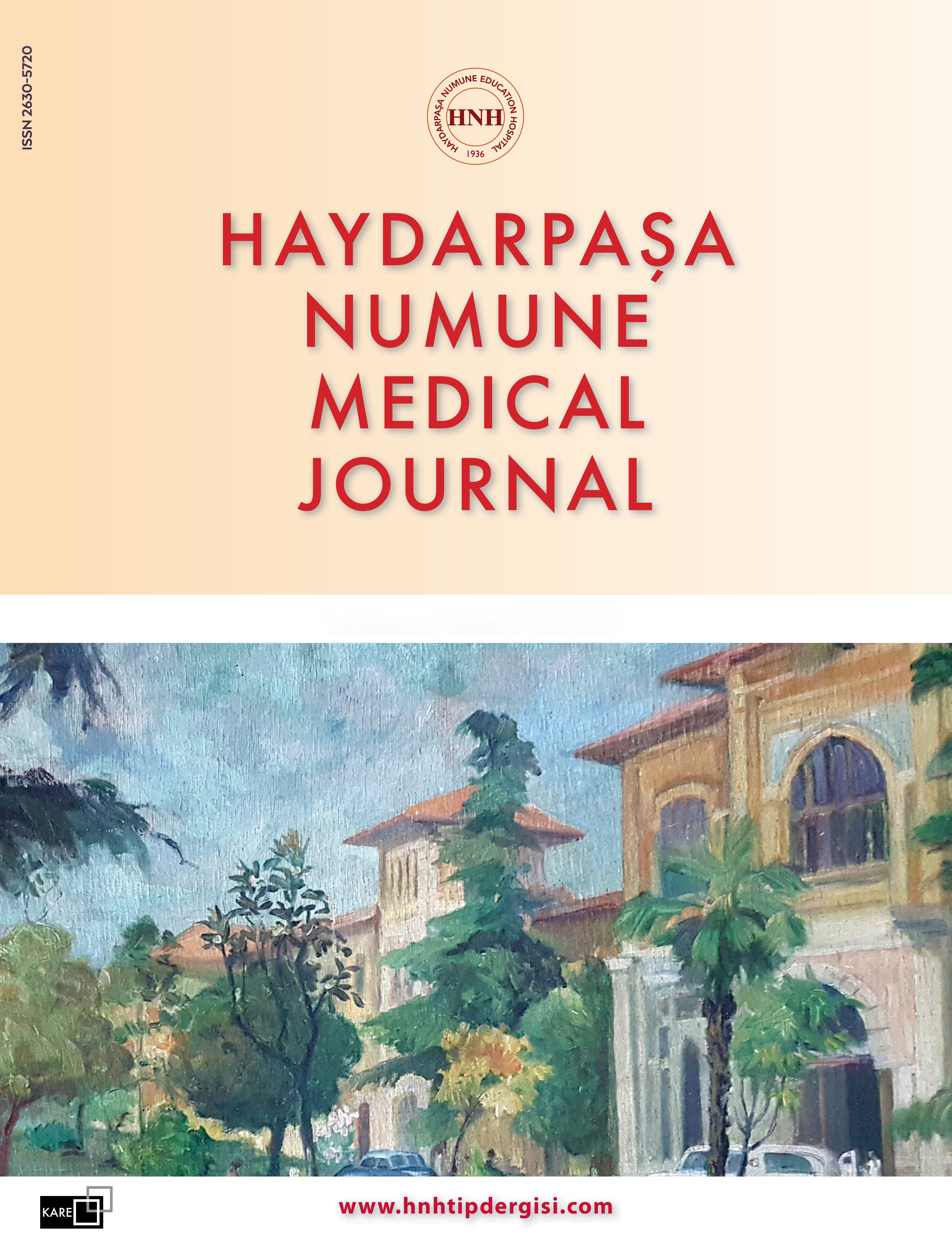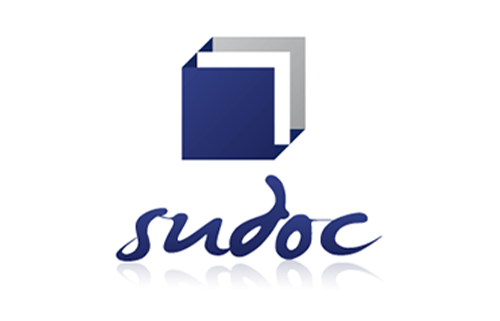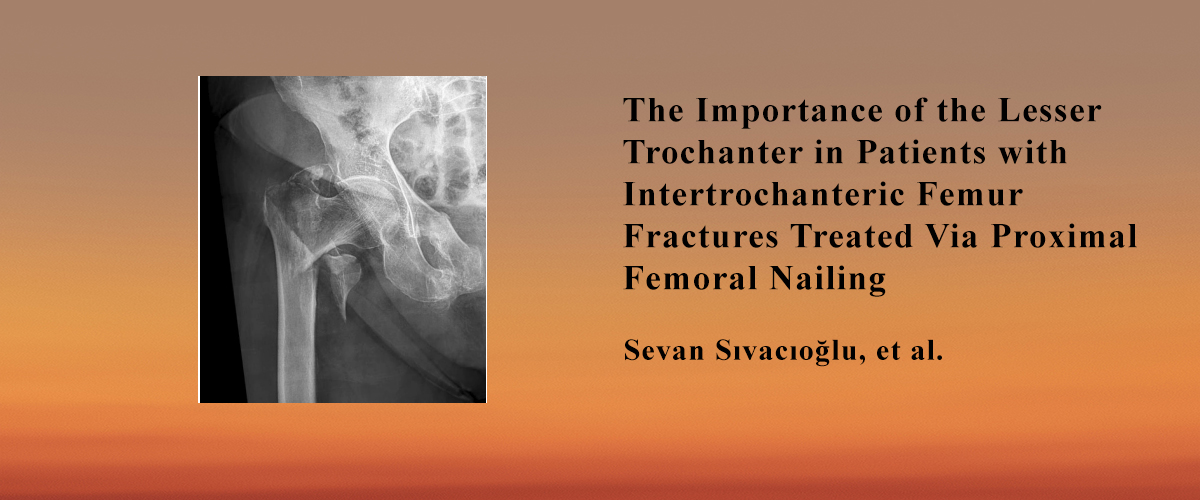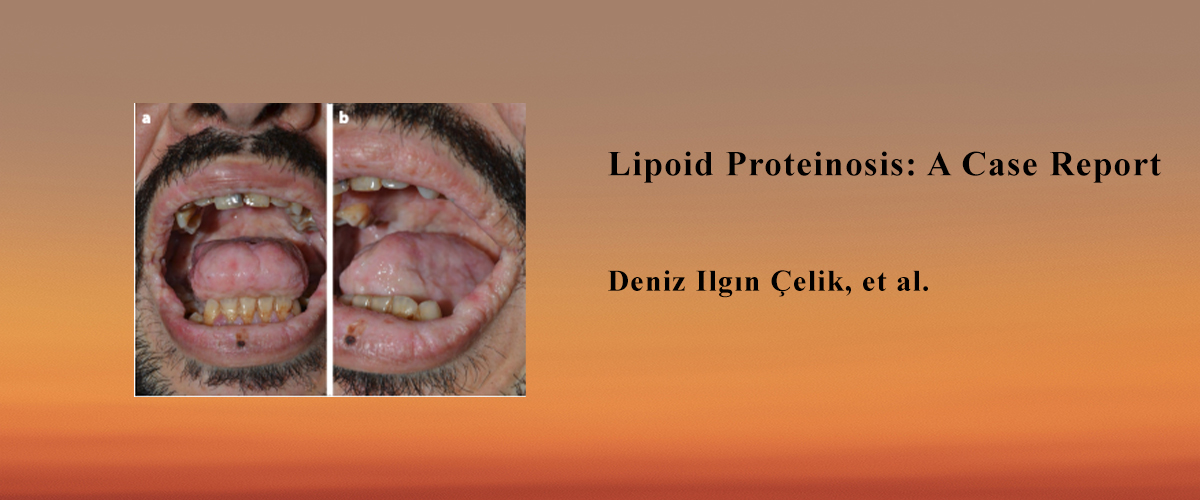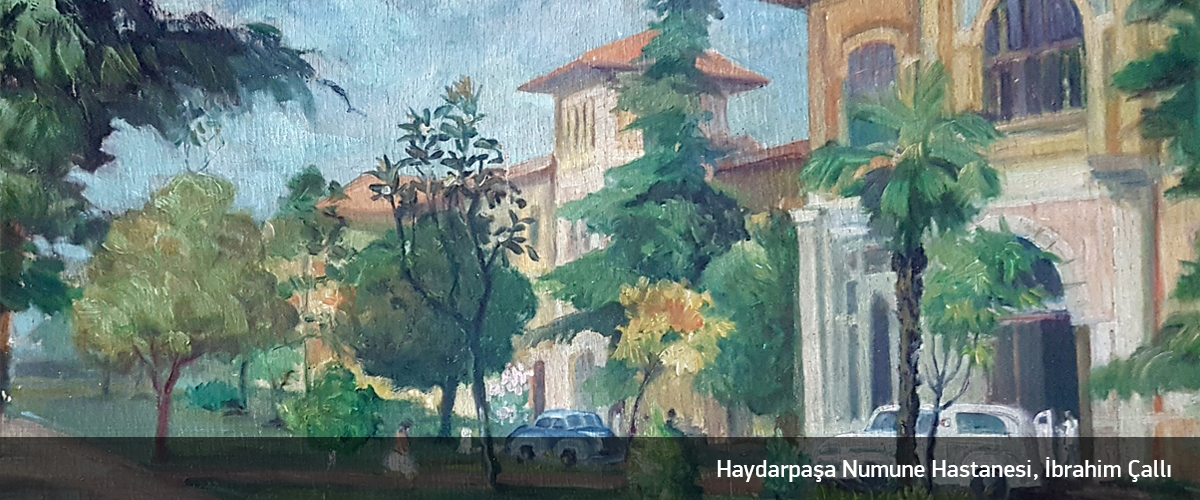Instructions For Authors
Haydarpaşa Numune Medical Journal - Haydarpasa Numune Med J (formerly: Haydarpaşa Numune Eğitim ve Araştırma Hastanesi Tıp Dergisi) is a double-blind peer-reviewed, and open-access journal. The journal aims rapid publication of papers in all fields of the medical sciences on a regular basis. Haydarpaşa Numune Med J publishes original papers of experimental and clinical research, reviews, case reports, and articles on the current issues of medicine.
Four issues are released every year in March, June, September, and December. The language of publication is English. Only manuscripts prepared in English are accepted for publication in our journal. Free full-text articles are available at www.hnhtipdergisi.com.
Editorial Policy
The editorial and publication processes of the journal are shaped in accordance with the guidelines of the International Council of Medical Journal Editors (ICMJE), the World Association of Medical Editors (WAME), the Council of Science Editors (CSE), the Committee on Publication Ethics (COPE), the European Association of Science Editors (EASE), and the National Information Standards Organization (NISO). The journal conforms to the Principles of Transparency and Best Practice in Scholarly Publishing (doaj.org/bestpractice).
Submission is a representation that neither the manuscript nor its data have been previously published (except abstracts and press reports published in connection with scientific meetings) or are currently under consideration for publication.
Materials copied from other sources must be accompanied by a written statement from both author and publisher giving permission to Haydarpaşa Numune Med J for reproduction. It is the author's responsibility to ensure that permissions are obtained. The differences between the papers should be explained in detail.
Ethics committee approval of research protocols in accordance with international agreements (World Medical Association Declaration of Helsinki “Ethical Principles for Medical Research Involving Human Subjects,” amended in October 2013, www.wma.net) is required for experimental, clinical, and drug studies, and for some case reports. If required, ethics committee reports or an equivalent official document will be requested from the authors. For manuscripts concerning experimental research on humans, a statement should be included indicating that the written, informed consent of patients and volunteers was obtained following a detailed explanation of the procedures that they might undergo. For studies carried out on animals, the measures taken to prevent pain and suffering of the animals should be stated clearly. Information on patient consent, the name of the ethics committee, and the ethics committee approval number should also be stated in the Materials and Methods section of the manuscript. It is the authors’ responsibility to carefully protect the patients’ anonymity. If there is a chance that a patient may be identified from a photograph or other image, or any accompanying text, releases signed by the patient or their legal representative should be enclosed. Identifying images should also be anonymized.
All submissions are screened with similarity detection software (iThenticate by Turnitin).
In the event of alleged or suspected research misconduct, e.g., plagiarism, citation manipulation, or data falsification/fabrication, the Editorial Board will follow up and act in accordance with COPE guidelines.
Authorship Criteria
Haydarpaşa Numune Med J follows the authorship criteria developed by the International Committee of Medical Journal Editors. All persons designated as authors should qualify for authorship, and all those who qualify should be listed. Each author should have participated sufficiently in the work to take public responsibility for appropriate portions of the content. One or more authors should take responsibility for the integrity of the work as a whole, from inception to published article.
Authorship credit should be based only on; (1) substantial contributions to conception and design, or acquisition of data, or analysis and interpretation of data, (2) drafting the article or revising it critically for important intellectual content, and (3) final approval of the version to be published. Conditions 1, 2, and 3 must all be met. Acquisition of funding, the collection of data, or general supervision of the research group, by themselves, do not justify authorship. All others who contributed to the work who are not listed as authors should be named in the acknowledgments, and their contribution should be described. Authorship of multicenter trials is attributed to a group. All members of the group who are named as authors should fully meet the above criteria for authorship. Group members who do not meet these criteria should be listed, with their permission, in the acknowledgments. Financial and material support should also be acknowledged.
All statements and opinions expressed in the manuscripts published in Haydarpaşa Numune Med J reflect the views of the author(s). All liability for the advertisements rests with the appropriate organization(s). The Editor-in-Chief, and Kare Media do not accept any responsibility for claims made in articles or advertisements.
Artificial Intelligence (AI)-Assisted Technology
At submission, the journal should require authors to disclose whether they used artificial intelligence (AI)-assisted technologies (such as Large Language Models [LLMs], chatbots, or image creators) in the production of submitted work. Authors who use such technology should describe, in both the cover letter and the submitted work, how they used it. Chatbots (such as ChatGPT) should not be listed as authors because they cannot be responsible for the accuracy, integrity, and originality of the work, and these responsibilities are required for authorship. Therefore, humans are responsible for any submitted material that included the use of AI-assisted technologies. Authors should carefully review and edit the result because AI can generate authoritative-sounding output that can be incorrect, incomplete, or biased. Authors should not list AI and AIassisted technologies as an author or co-author, nor cite AI as an author. Authors should be able to assert that there is no plagiarism in their paper, including in text and images produced by the AI. Humans must ensure there is appropriate attribution of all quoted material, including full citations.
Copyright statement
The authors transfer all copyright to the manuscript to the Haydarpaşa Numune Med J according to the framework of national and international regulations at the start of the evaluation process. A Copyright Transfer Form signed by the corresponding author must be submitted to the journal with the manuscript. A separate form should be submitted for each manuscript. Manuscripts submitted without a Copyright Transfer Form will not be accepted. After acceptance of the manuscript, all of the authors must complete and sign a Copyright Transfer Form. The authors must affirm that they will not submit the work to another journal, publish it in the original or another language, or allow a third party to use the manuscript without the written permission of the Haydarpaşa Numune Med J. In the event that the manuscript is rejected, all copyrights transfer back to the authors. Manuscripts that are declined will not be returned, with the exception of artwork.
Authors retain copyright and grant the journal right of first publication with the work simultaneously licensed under a Creative Commons 4.0 License. When distributing or re-publishing the Work, the Author agrees to credit the Journal as the place of first publication.
All content is the authors’ responsibility. All financial liability and legal responsibility associated with the copyright of submitted tables, figures, and other visual materials protected by national and international laws rest with the authors. The authors take responsibility for any legal proceedings issued against the journal.
To clarify scientific contributions and responsibilities and any conflict of interest issues relevant to the manuscript, all parts of the Authors' Contribution Form must be completed by the corresponding author and the ICMJE Uniform Disclosure Form for Potential Conflicts of Interest must be completed online by all authors. Both forms should be included with the manuscript at the time of original submission.
Author names will be published as they are listed on the Copyright Transfer Form. Requests for changes in affiliation or the order of names at a later date cannot be granted to protect all parties involved.
Fees
There is no fee for our standard article submission and publication process. Articles are reviewed and accepted articles are scheduled for publication.Policy of screening for plagiarism
The manuscripts are scanned by the Publisher’s Office using the iThenticate program for determination of plagiarism and non-ethical situations.Open Access
Haydarpaşa Numune Medical Journal is an open access journal which means that all content is freely available without charge to the user or his/her institution. Users are allowed to read, download, copy, distribute, print, search, or link to the full texts of the articles, or use them for any other lawful purpose, without asking prior permission from the publisher or the author. This is in accordance with the BOAI definition of open access.Commons User Licenses
Creative Commons Attribution-NonCommercial (CC BY-NC) For non-commercial purposes, lets others distribute and copy the article, and to include in a collective work, as long as they credit the author(s) and provided they do not alter or modify the article.Review Process
The journal aims at rapid publication of the submitted manuscripts. Haydarpaşa Numune Med J promotes expert refereeing by peers as a tried and true method for the maintenance of standards of excellency in the scientific community. All papers are double blind peer-reviewed to determine the originality, validity and importance of content and conclusions. Manuscripts will be reviewed by two external reviewers for content, originality, importance to the field, appropriateness of statistical analysis, and derivation of conclusions. In the case of discrepancies between peer reviewers, the manuscript would be sent to a third reviewer. All reviewers remain anonymous. Final decision regarding the acceptance of the submitted articles belong to editor-in-chief.
All reviews will be completed within one month of submission to the journal. Authors will be sent reviewers comments that are judged to be useful to them. In principle, the instructions, objections and requests made by the reviewers should be strictly followed. With revised form of manuscript, the authors should state clearly and precisely every step taken in accordance with the reviewers' requests. The description should be listed on a numbered basis, in the order of reviewers' comments. Altered paragraphs in the new version of the manuscript should be specified using page and paragraph numbers. Paragraph on top of a page is considered no 1, even if it does not begin on that page.
All manuscript submissions are encouraged to be submitted electronically to www.hnhtipdergisi.com. Along with revised form, the accepted paper in its final form also should be sent to www.hnhtipdergisi.com.
Submission of the Manuscripts
Authors are required to submit the following:
- Copyright Transfer Form,
- Author Contributions Form, and
- ICMJE Potential Conflict of Interest Disclosure Form (should be
completed by all contributing authors) at the time of the initial submission. These forms are available for download at www.hnhtipdergisi.com.
All correspondence will be sent to the first-named author unless otherwise specified. Corresponding author is expected to provide an e-mail address for all further correspondence. Papers should be accompanied by a cover letter indicating that the paper is intended for publication and specifying for which section of the Journal it is being submitted (i.e., original article, review article, or case report etc). Authors will be notified of the receipt of their paper and the number assigned to it. The number should be included in all further correspondence.
Authors should note, however, that manuscripts may be returned after initial review by the editorial office if the paper is deemed unlikely to be reviewed favorably by virtue of size restrictions and/or general interest for the readership. This rapid rejection process enables the author to promptly submit for publication elsewhere.
Preparation of the Manuscript
General Format: All manuscripts should be typed using the standard A4-size format document with 2.5 cm-wide margins on all sides. The references should be numbered consecutively in the order of their first mention in the text. All text material, including references, footnotes, and table and figure legends, should be typed using double-spacing in an 11 point font with left alignment and without hyphenated line breaks. The fonts Times New Roman or Arial should be used in the text, for symbols, and all other special characters. Please use the editing features of your word processing program to type bold or italic letters, mathematical symbols, Greek letters, subscript and superscript characters. Please take care not to confuse the letters O and I with the numerals 0 and 1. To set a left indent for a paragraph, click the TAB button once. Only the International System of Units (SI) should be used for units of measurement. Please review the final version of the manuscript very carefully, especially for formatting and editing errors. Please note that American English spelling and terminology should be used in the manuscripts.
All pages of the manuscript should be consecutively numbered starting from the title page (page 1, title page; page 2, Turkish abstract (Turkish authors only); page 3, English abstract, etc.). Page numbers should be indicated on the upper right-hand corner of each page. The final electronic version of the manuscript should be in “.doc”, “docx” or “.rtf” format.
Title page: A separate title page should be submitted with all manuscripts and this page should include:
- The full title of the manuscript as well as a short title (running head) of no more than 50 characters,
- Name, affiliation(s), ORCID ID, and highest academic degree(s) of the author(s),
- Details of any grant or other sources of support,
- Name, address, telephone (including mobile phone number) and fax numbers, and email address of the corresponding author,
- Acknowledgment of the individuals who contributed to the preparation of the manuscript but who do not fulfill authorship criteria.
Abstract: An abstract should be submitted with all manuscripts with the exception of Letters to the Editor. The abstract of an Original Article should be structured with subheadings (Objective, Methods, Results, and Conclusion). All acronyms and abbreviations used in the manuscript should be defined at first use, both in the abstract and in the main text. The abbreviation should be provided in parentheses following the definition.
Please refer to Table 1 below for word count specifications.
Keywords: Each submission must be accompanied by a minimum of three to a maximum of six keywords at the end of the abstract to be used for subject indexing. The keywords should be listed in full without abbreviations. The keywords should be selected from the National Library of Medicine, Medical Subject Headings database (https://www.nlm.nih.gov/mesh/MBrowser.html).
Introduction: State the specific purpose and available data relevant to the study.
Methods: All methods used to select participants and conduct the study should be described in detail. Known methods should be cited. Novel or modified methods used should be described in detail. Doses, concentrations, routes, and duration of administration of drugs and chemical agents should be indicated. A concise report of all statistical methods used for summarizing available data and for testing the proposed hypothesis should be provided under a subtitle, including the p value criteria determined for statistically significant difference. Statistical evaluation conducted should be explained in detail. Standard statistical methods should be used as much as possible. If rarely employed or novel statistical methods were used, then the relevant references should be cited. When necessary, more detailed explanations about unusual, complex, or new statistical methods can be provided in separate files for readers as online supplementary data. When a trademarked drug, product, hardware, or software program is mentioned within the main text, product information, include the name of the product, the manufacturer of the product, and the city and the country of the company headquarters (including the state if in USA), should be provided in parentheses in the following format: “Discovery St PET/CT scanner (General Electric, Milwaukee, WI, USA). The recommendations in the statistics section of the “Uniform Requirements for Manuscripts Submitted to Biomedical Journals: Writing and Editing for Biomedical Publication” (http://www.ICMJE.org) should be taken into consideration.
Results: The study results should be presented in logical sequence and in detail. The findings should be supported by figures and tables. Information given in figures and tables should not be repeated in the text unless absolutely required.
Discussion: Data relevant to the study subject matter should be examined, evaluated, and substantiated with references from domestic and international sources. General information irrelevant or superfluous to the report should not be included.
Acknowledgement: The names of individuals who contributed to the study but who fail to meet the criteria of authorship should be mentioned in this section. The written consent of all individuals mentioned should be obtained.
Manuscript Types
Haydarpaşa Numune Med J publishes the types of articles briefly described below.
Research Articles: This is the most important type of article, since it provides new information based on original research. The main text of original articles should be structured with an Introduction, Methods, Results, Discussion, Conclusion, and References subheadings. Please see Table 1 for limitations for Research Articles.
Statistical analysis is usually necessary to support conclusions. Statistical analyses must be conducted in accordance with international statistical reporting standards (Altman DG, Gore SM, Gardner MJ, Pocock SJ. Statistical guidelines for contributors to medical journals. Br Med J 1983:7;148993). Information on statistical analyses should be provided with a separate subheading under the Materials and Methods section and the statistical software that was used during the process must be specified.
Units should be prepared in accordance with the International System of Units (SI).
Limitations, drawbacks, and the shortcomings of original articles should be mentioned in the Discussion section before the conclusion paragraph.
Review Articles: Reviews prepared by authors who have extensive knowledge of a particular field and whose scientific background has been translated into a large volume of publications with a high citation potential are welcomed. Submissions from such authors may also be invited by the journal. Reviews should describe, discuss, and evaluate the current level of knowledge of a topic in clinical practice and should guide future studies. The main text should include an Introduction, Clinical and Research Consequences, and Conclusion sections. Please refer to Table 1 for the limitations for Review Articles.
Case Reports: There is limited space for case reports in the journal and reports on rare cases or conditions that constitute challenges in diagnosis and treatment, those offering new therapies or revealing knowledge not included in the literature, and interesting and educative case reports are accepted for publication. The text should include an Introduction, Case Presentation, and Discussion subheadings. Interesting and unusual images are an advantage in the evaluation process. Please see Table 1 for the limitations for Case Reports.
Table 1. Limitations for each manuscript type
Type of manuscript |
Word limit |
Abstract word limit |
Reference limit |
Table limit |
Figure limit |
Original Article |
3500 |
350 (Structured) |
40 |
6 |
6 |
Review Article |
5000 |
350 |
50 |
6 |
10 |
Case Report |
1500 |
200 |
15 |
No tables |
5 |
Tables
Tables should be included in the main document, presented after the reference list, and they should be numbered consecutively in the order they are referred to within the main text. A descriptive title must be placed above each table. Abbreviations used in the table should be defined below the table by footnotes (even if they are defined within the main text). Tables should be created using the word processing software “insert table” command and they should be arranged clearly to provide easy reading. Data presented in tables should not be a repetition of the data presented within the main text but should support the main text.
Figures and Figure Legends
Figures, graphics, and photographs should be submitted as separate files (in TIFF or JPEG format) through the submission system. The files should not be embedded in a Word document or the main document. When there are figure subunits, the subunits should not be merged to form a single image. Each subunit should be submitted separately through the submission system. Images should not be labeled (a, b, c, etc.) to indicate figure subunits. Thick and thin arrows, arrowheads, stars, asterisks, and similar marks may be used on the images to support the figure legends. Like the rest of the submission, the figures should also be blind. Any information within the images that may identify an individual or institution should be anonymized. The minimum resolution of each submitted figure should be 300 DPI. To prevent delays in the evaluation process, all submitted figures should be clear in resolution and large in size (minimum dimensions: 100 × 100 mm). Figure legends should be listed at the end of the main document.
References
References are numbered and listed by their order of appearance in text; the text citation is followed by the appropriate reference number in parentheses. References should be restricted to closely pertinent material. Accuracy of citation is the author's responsibility. References should conform exactly to the original spelling, accents, punctuation, etc. All references should be cited inside the text.
The reference styles for different types of publications are presented in the following examples.
Journal Article:
Marshall RD, Stein DJ, Liebowitz MR, Yehuda R.; A pharmacotherapy algorithm in the treatment of PTSD. Psychiatric Annuals 1996;26:21726.
Book Section:
Author. Title. In: Editor, `editor`.^`editors`. Book Title. Edition ed. Place Published: Publisher; Year. p. Pages.
Philips SJ, Whisnant JP. Hypertension and Stroke. In: Laragh JH, Brenner BM (editors). Hypertension pathophisiology, diagnosis, and management. 2nd ed. New York: Raven Press, 1995: 46578.
Books with a Single Author:
Author. Title. Edition ed. Place Published: Publisher; Year.
Sweetman SC. Martindale the Complete Drug Reference. 34th ed. London: Pharmaceutical Press; 2005.
Conference Proceedings:
Author. Title. In: Editor, `editor`.^`editors`. Conference Name; Year of Conference Date; Conference Location: Publisher; Year of Conference|. p. Pages.
Bengisson S. Sothemin BG. Enforcement of data protection, privacy and security in medical informatics. In: Lun KC, Degoulet P, Piemme TE, Rienhoff O, editors. MEDINFO 92. Proceedings of the 7th World Congress on Medical Informatics; 1992 Sept 6-10; Geneva, Switzerland. Amsterdam: North-Holland; 1992. pp.1561-5.
Scientific or Technical Report:
Author. Title. Type. Place Published: Institution; Year Date. Report No.: Report Number.
Cusick M, Chew EY, Hoogwerf B, Agrón E, Wu L, Lindley A, et al. Early Treatment Diabetic Retinopathy Study Research Group. Risk factors for renal replacement therapy in the Early Treatment Diabetic Retinopathy Study (ETDRS), Early Treatment Diabetic Retinopathy Study Kidney Int: 2004. Report No: 26.
Thesis:
Author. Title. Type. Place Published: Institution; Year Date. Report No.: Report Number.
Kaplan SI. Post-hospital home health care: elderly access and utilization (dissertation). St Louis (MO): Washington Univ; 1995.
Epub Ahead of Print Articles:
Author. Title. Alternate Title Year Date Accessed.doi: DOI. [Epub ahead of print].
Cai L, Yeh BM, Westphalen AC, Roberts JP, Wang ZJ. Adult living donor liver imaging.DiagnIntervRadiol. 2016 Feb 24.doi: 10.5152/dir.2016.15323. [Epub ahead of print].
Webpage:
Author. Title. Available at: URL. Accessed Access Date, Access Year.
Disclaimer
Haydarpaşa Numune Med J is an independent scientific journal, and published quarterly. It is distributed free of charge.
Views expressed in the journal do not necessarily reflect sponsoring pharmaceutical companies' own published literature. A mention of a company in the journal is neither an offer nor solicitation.
Withdrawal Policy
Withdrawal of a manuscript will be permitted only for the most compelling and unavoidable reasons. For withdrawal of a manuscript authors need to submit an "Article withdrawal Form", signed by all authors mentioning the reason for withdrawal to the Editorial Office. The form is available from the web page of the journal. Authors must not assume that their manuscript has been withdrawn until they have received appropriate notification to this effect from the editorial office.
In a case where a manuscript has taken more than six months’ time for review process, that allows the author to withdraw manuscript.
After receiving the Article withdrawal Form, Haydarpaşa Numune Medical Journal Editorial Board will investigate the reason of withdrawal.
If the reason finds to be acceptable, the author is allowed to withdraw the manuscript. If not Haydarpaşa Numune Medical Journal will not accept any manuscripts from the same author for one year.
Important notes: Manuscripts may be withdrawn at any stage of review and publication process by submitting a request to the editorial office. Manuscript withdrawal will be permitted after submission only for the most compelling and unavoidable reasons.
If the author wants to withdraw a manuscript, the author needs to submit a completed "Article withdrawal Form", signed by all authors of the manuscript stating the reasons for manuscript withdrawal. The form is available from the web page of the journal.
The manuscript will not be withdrawn from publication process until a completed, signed form is received by the editorial office. Authors must not assume that their manuscript has been withdrawn until they have received appropriate notification to this effect from the Haydarpaşa Numune Medical Journal editorial office.
Commons User Licenses
This work is licensed under a Creative Commons Attribution-Non Commercial 4.0 International License (CC BY-NC 4.0) .

